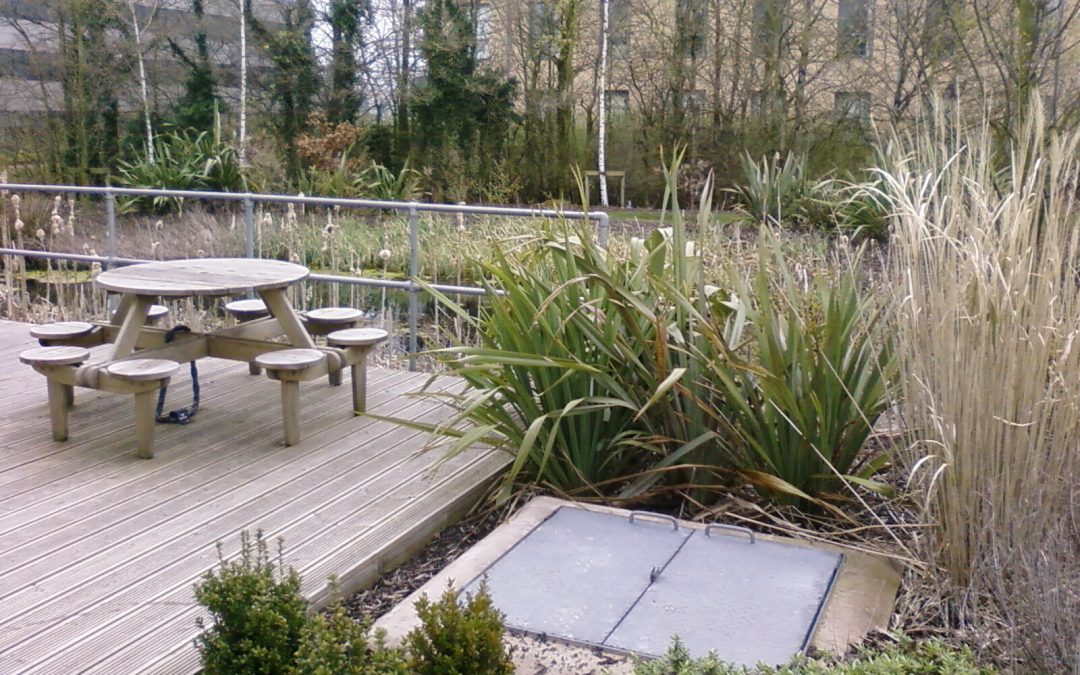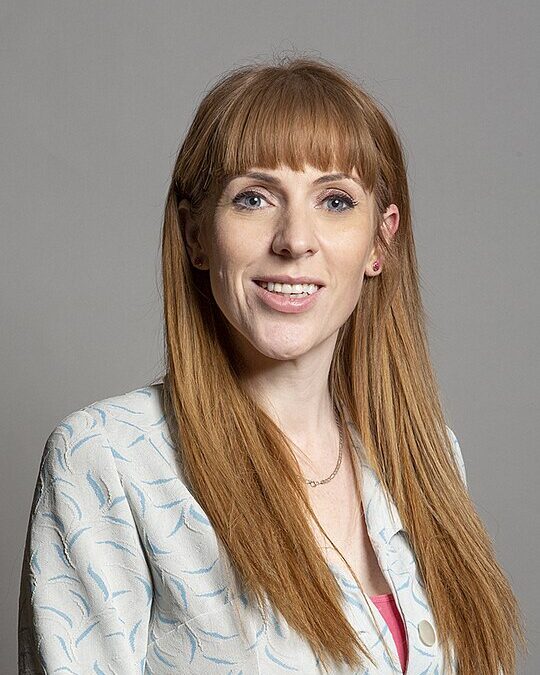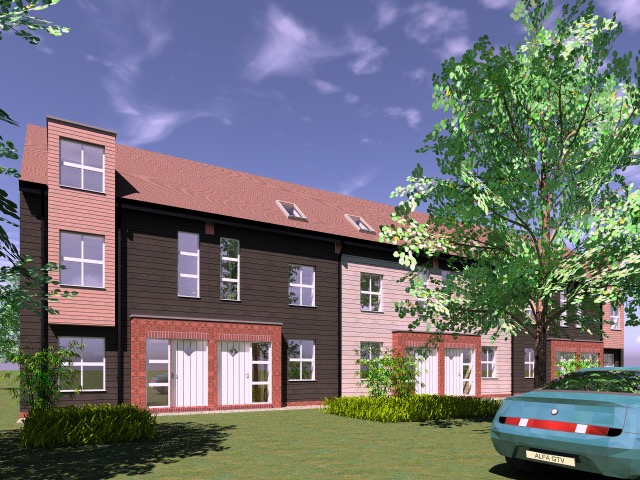“It is great to be here, for the second time in as many months. And it’s the perfect venue because Leeds Dock was built through government working in partnership with people like you here today.
“Investment and innovation, together with active local government, created this beautiful community space – a tech and digital cluster in the centre of Leeds, bringing together creative industries, architecture and culture. Where people genuinely want to spend time.
“Should we win the trust of the British people and form a Labour government this year, the success of our missions will depend on working in partnership. To create communities where people can start a family and get on in life.
“So, if you want to build the decent houses Britain needs, if you want to get our economy back on track, creating good jobs, and if you want to invest in our country’s infrastructure – Labour will work with you to make it happen.
“Because the missions Keir Starmer has set out can only be achieved by everyone pulling together. We recognise that businesses need certainty and stability to do that. This certainty is what businesses are telling us they need to get building and it’s also what families need.
“Right now, Britain is in the middle of a housing crisis.
“In hostels across the country, there are kids in temporary accommodation, doing their homework on the bathroom floors. Couples are stuck living with parents, unable to move in and start a family. People’s lives have been put on hold because there just aren’t enough homes.
“Today, there are around 8.5 million people with some kind of unmet housing need. Solving our housing crisis is undoubtedly complex, but we are determined to work with you to solve it. The truth is we have a planning system which has become gummed up.
“I am sure you all know better than most that getting applications over the line can be like swimming through treacle and it’s absolutely right that local people get a say, but a failing system is not in the local or national interest.
“Fewer than 70,000 planning applications were approved in the last quarter of 2023, the worst period on record, with fewer developments green-lit than during the height of the pandemic. Getting shovels in the ground is crucial.
“New homes don’t just provide families with the security to get on in life, these projects are central to creating good well-paid jobs, unlocking infrastructure like schools, hospitals, GP surgeries, and above all, sparking the economic growth Britain so desperately needs.
“Because for every brick that is laid and every door handle screwed in, there is not just a family gaining a home, but another gaining an income. There is a supply chain which benefits.
“When those manufacturers, couriers and shop workers secure more trade, all of Britain will benefit. Creating growth that in turn pays for our NHS, our schools, and our country’s future.
“We know the majority of developers are on the same page, eager to work in partnership with government to unlock housebuilding. That requires an active central government. Including the re-introduction of local housing targets.
“When Rishi Sunak binned this policy, he did so because he’s too weak to stand up to his own MPs and now the public is paying the price. We’re already seeing the consequences for house building rates across England.
“The Conservatives have failed to hit their housing target each and every year since they set it, meaning that we continue to lag well behind much of Europe on house building.
“So, we will re-introduce local housing targets and ensure they are met. But our ambition goes far beyond simply reversing the worst failures of the past few years.
“Not for the first time, we are taking inspiration from the 1945 Labour government. That built homes for heroes out of the ruins of war.
“In the spirit of Clement Attlee, our approach to housebuilding will be both proactive and strategic. As Secretary of State, I will empower our regional and local leaders to deliver, as Labour councils and the mayor do here in West Yorkshire. Together, we can build beautiful new settlements right across the UK.
“Clean, green homes of the future, properly insulated to bring down bills. And we will build from the bottom up. What works in Stockton won’t always be what works in Southampton.
“And while we work with the grain of local communities and their character, we’ll also consider how urban regeneration and extension can play their part. We want homes on these sites within the first term of a Labour government. But these new large settlements must be built in the right place, in partnership with local people.
“This is why an expert independent taskforce will be set up to help choose the right sites and a list of projects will be announced within our first 12 months of government, so we can start building the towns of the future within months, not decades.
“But let me be clear – I will not simply demand ‘more units, at any cost’.
“The reason many local communities resist new homes is often because the housing is of the wrong type, in the wrong place – it doesn’t come with the schools, GP surgeries and green spaces that make communities, not just streets. Or the affordable and social housing local people need.
“Our next generation of New Towns will build homes fit for the future. Creating places where people want to live. Inspired by garden suburbs like Hale in Manchester, Roundhay in Leeds, and the Garden City project.
“We will set out a New Towns Code – criteria that developers must meet in these new settlements:
- More social and affordable homes – with a gold standard aim of 40 per cent
- Buildings with character, in tree-lined streets that fit in with nearby areas
- Design that pays attention to local history and identity
- Planning fit for the future, with good links to town and city centres
“Guaranteed public transport and public services, from doctors’ surgeries to schools. And access to nature, parks, and places for children to play. New Towns are just one way we get good quality, affordable houses built in the national interest.
“Our local housing recovery plan will reverse the Conservatives’ damaging changes to planning, getting stalled sites moving at speed.
“We’ll give Mayors the tools they need to deliver homes in their areas, revitalising brownfield first, unlocking ugly, disused grey belt land for housebuilding and setting tough new conditions for releasing that land.
“Our ‘golden rules’ will ensure any grey belt development delivers affordable homes, new public services, and improved green spaces.
“This means more social and affordable homes and we will ensure that brownfield sites are approved quicker so homes get built fast.
“Together, we will unleash the biggest wave of affordable and social housing in a generation. Because a safe, secure, affordable home is the foundation of a good life. We can see the consequences when that foundation is taken away.
“Today, there is an epidemic of homelessness and rough sleeping in Britain. In the face of this, mayors and councillors are battling to get spades in the ground.
“Just look at what Tracy Brabin has achieved here. More affordable homes have been constructed in West Yorkshire over the course of the last two years than in any other period since 2010.
“Local leaders are fundamental to securing decent homes for all. But they are fighting an uphill battle. I want central government to match their ambition. Because affordable homes aren’t just a nice add on. They’re fundamental to securing decent homes for all. And a lynchpin of the economy.
“They are quicker to occupy and build, and get the growth we need as a country – creating reliable, well-paid, and highly skilled jobs in the process. So, where the Tories have snatched billions from affordable housing, a Labour government will unlock government grants to deliver new homes.
“We will make the Affordable Homes Programme more flexible so that every penny gets out the door. And we will work with local leaders – who know their areas best – to ensure these funds are used more effectively.
“We recognise also that it’s not a choice between housing and the environment. We can have economic growth and protect nature.
“Because right now Britain is one of the most nature-depleted countries in the world. Half of our bird species are at risk of extinction, and toxic sewage flows through our seas and rivers.
“So, when the government tried to sneak through half-baked reforms to nutrient neutrality rules, we told them to think again. Because yes, Labour will take the bold action needed to support housebuilding, but we’ll also protect and enhance our natural environment.
“And on this, I’ll be working with our Shadow Environment Secretary, Steve Reed to make sure we get this balance right. Together, we’ll develop new policies for planting trees, restoring habitats and helping wildlife thrive. And support the building of homes with access to green space and nature on their doorsteps. So our children and grandchildren can grow up and experience the beauty of the natural world around us. But that’s not all.
“14 years of Tory failure have failed renters. We will reform, where they have not. Labour will ban no fault evictions, no ifs no buts. We’ll give first-time buyers ‘first dibs’ on new developments in their communities, with a comprehensive mortgage guarantee scheme for those who don’t have access to the bank of mum and dad.
“We’ll end the mediaeval leasehold system, with root and branch reform, and we will build the houses that the next generation so desperately needs. I know as well as anyone the difference a secure home makes.
“Earlier this month I went to a new development in my constituency – a partnership between a developer, our local council, along with Homes England, delivered 62 much-needed new homes for affordable rent.
“For families across Tameside, this development will provide secure homes. That’s what Labour is about. Providing people with the security to get by and get on. A decent job. A secure, affordable home.
“These are at the heart of our first steps for change – and our long-term mission for economic growth.
“This is Labour’s plan to get our country its future back. So, working together – let’s get Britain building again.”




